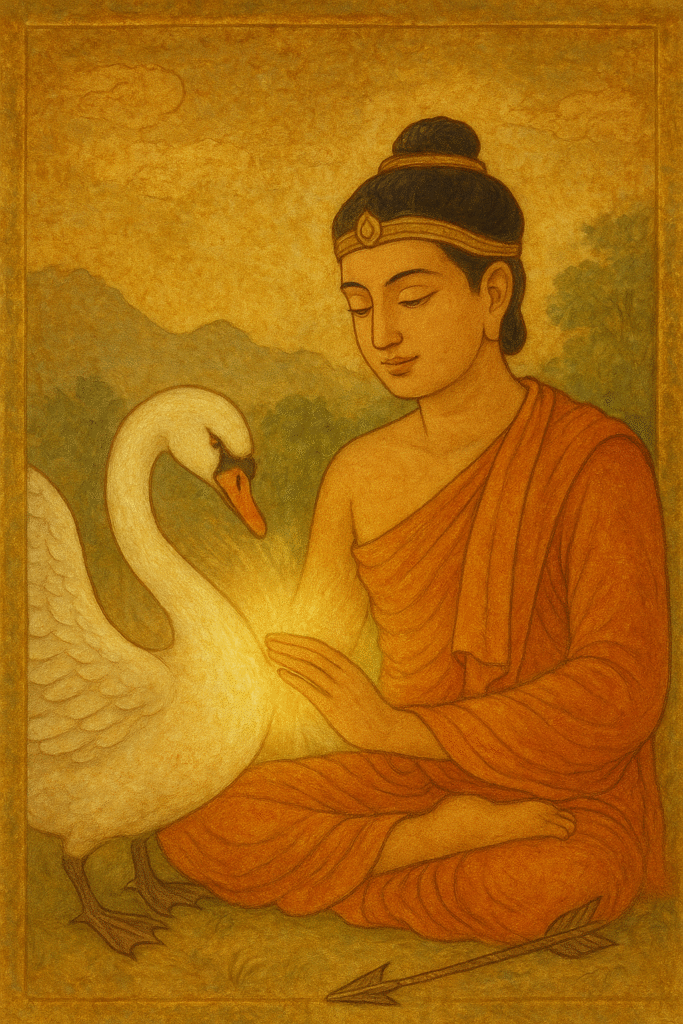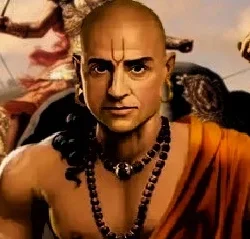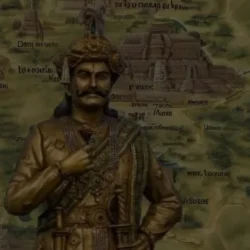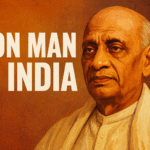Introduction
Gautama Buddha stands as a beacon of peace and wisdom. His journey began with a deep desire to understand suffering and discover a path to harmony. Throughout his life, Gautama Buddha inspired countless people with his clarity, compassion, and unwavering commitment to truth.
The Prophecy and the Birth of a Prince
Gautama Buddha was born as Siddhartha in Lumbini, near the town of Kapilavastu. His birth carried a sense of wonder. The sage Asita visited the newborn and recognized extraordinary qualities in the infant. Asita bowed eight times before him and declared that Siddhartha would uplift the world with his wisdom. Yet he also said the mother, Queen Maya Devi, would not live long. According to the text, she passed away seven days after his birth.
Siddhartha was then raised by his foster mother, Prajapati Gautami, whose affection shaped his early years. Her caregiver gave him the name Gautama, which later became part of his spiritual identity.
A Sheltered Childhood and a Father’s Fear
King Śuddhodana, Siddhartha’s father, worried that his son might renounce worldly life. A learned astrologer had warned that if Siddhartha ever encountered sorrow, he could turn toward renunciation. Determined to prevent this, the king kept Siddhartha inside the comforts of the palace. Music, luxury, and celebration surrounded him at all times.
Siddhartha grew skilled in royal arts. He mastered archery, horse riding, and hunting. Under the guidance of Viswamitra, he studied yoga, warfare, and the Vedas. Despite the joy and admiration he received, moments of deep silence often overtook him. He would pause suddenly, lost in thought, as though drawn inward by an unseen force. These early signs revealed the inner calm that would later define him.
Compassion in Childhood: The Story of the Wounded Swan
One of the most touching stories from Siddhartha’s youth shows his remarkable compassion. One day, his cousin Devadatta shot a royal swan with an arrow. The wounded bird fell near Siddhartha. Seeing its pain, Siddhartha gently removed the arrow and treated the wound with honey.
Devadatta demanded the swan back, claiming it was his prey. The dispute reached a judge. Siddhartha argued that life belongs to the one who protects it, not the one who harms it. The judge agreed and awarded the swan to Siddhartha. When the bird healed, Siddhartha joyfully released it into the sky.
The story reflects the deep kindness that guided every stage of his life.

Moments in Nature: Siddhartha’s Awakening Sensitivity
As Siddhartha grew older, his father arranged regular outings to keep him entertained. On one such visit, he walked through a forest with the loyal attendant Channa. The beauty of the natural world delighted him. Dewdrops sparkled like pearls. Flowers bloomed gently. Butterflies danced in the sunlight.
However, Siddhartha also noticed the suffering woven quietly into nature. He saw insects crushed by farmers’ ploughs, ants struggling in the soil, and creatures caught in spider webs. The sight stirred a deep sorrow within him. Joy and pain appeared side by side, revealing the fragile balance of life.
These observations strengthened his inner longing to understand existence more deeply.
Marriage and the Hope of Distraction
Worried by Siddhartha’s growing introspection, the king feared that the astrologer’s prophecy might come true. His advisors suggested marriage as a way to anchor Siddhartha in worldly life. Following their advice, Siddhartha married Yashodhara at sixteen. The marriage was celebrated with great joy, and the palace returned to a life of festivity.
Yet Siddhartha’s inner world remained unchanged. The spark of spiritual inquiry continued to glow quietly within him.
A Sage Destined to Illuminate the World
The text describes Gautama Buddha as more than a historical figure. He is presented as one in a long line of enlightened beings. Earlier Buddhas were known as Bodhisattvas, and Gautama is described as the last among these noble ones according to some traditions.
He was admired not only in India but also globally. Scholars like Monier Williams, philosophers like Bertrand Russell and Einstein, and leaders like Ambedkar and Nehru honored his wisdom. Sarvepalli Radhakrishnan praised Buddha as the greatest rational thinker—someone who insisted that truth must be tested, not accepted blindly.
Swami Vivekananda later revived Buddha’s message during a time when it had faded from public memory. His efforts carried Buddha’s teachings to the world once again.
A Legacy Rooted in Reason, Love, and Equality
Gautama Buddha taught through personal experience rather than doctrine. He encouraged people to question, observe, and discover truth within themselves. His teachings emphasized ethics, compassion, and equality. He spoke to kings, monks, merchants, the wealthy, the poor, and even those rejected by society. No one was outside his circle of kindness.
His message crossed borders and shaped civilizations. Even today, people around the world turn to his life for wisdom and solace.
Conclusion
Gautama Buddha’s story, as preserved in your text, reveals a life marked by compassion, clarity, and unwavering purpose. From the gentle boy who saved a wounded swan to the thoughtful youth moved by the sorrows of nature, every moment shaped his awakening. His life continues to guide seekers toward introspection, kindness, and inner peace.















